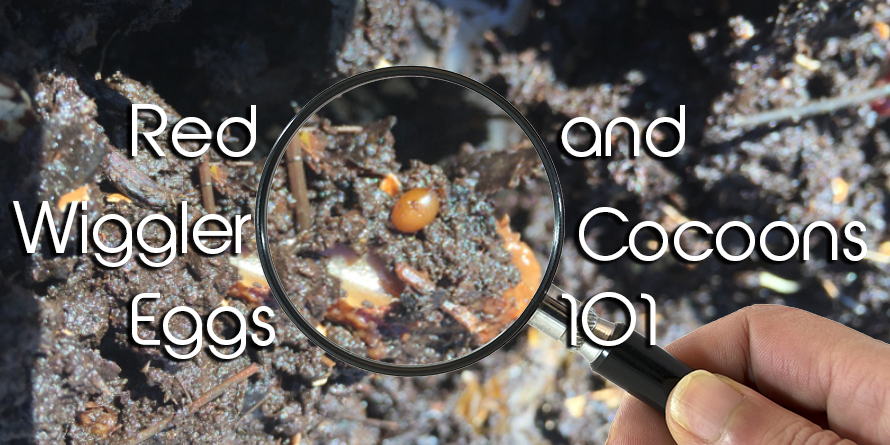Discover Why Lake Hickory Bait is the Best Choice for Grass Treatment
Discover Why Lake Hickory Bait is the Best Choice for Grass Treatment
Blog Article
Red Wigglers: The Unsung Heroes of Organic Waste Recycling
Red wigglers, or Eisenia fetida, offer as critical agents in the natural waste reusing procedure, transforming disposed of materials right into valuable vermicompost. As the world progressively seeks remedies to combat waste buildup and improve agricultural performance, understanding the duty of these worms ends up being essential.
What Are Red Wigglers?
The remarkable strength of red wigglers, clinically called Eisenia fetida, emphasizes their important duty in natural waste recycling. These little, reddish-brown earthworms are normally discovered in decaying organic matter, such as garden compost stacks and manure heaps. Lake Hickory Bait. Unlike various other earthworm types, red wigglers thrive in nutrient-rich environments and are very reliable at damaging down natural materials, making them essential for vermicomposting

(Red Wiggler Express)In addition to their role in waste decrease, red wigglers contribute to dirt health and wellness by improving soil framework and oygenation with their delving tasks (Lake Hickory Bait). Their existence in composting systems not only boosts decay prices but likewise advertises a sustainable strategy to lose management, illustrating their value in ecological preservation initiatives
Benefits of Composting With Worms
Composting with worms, specifically red wigglers, offers numerous advantages that improve both waste administration and dirt wellness. These worms efficiently break down organic waste, converting it into nutrient-rich vermicompost that improves dirt. This process speeds up disintegration, enabling a faster recycling of cooking area scraps and other organic materials compared to conventional composting methods.
In addition, the vermicompost generated by red wigglers is bursting with advantageous bacteria, which assist improve dirt framework, aeration, and wetness retention. This improves the overall health and wellness of plants, promoting vigorous growth and boosted yields in yards and farming setups. Furthermore, using worms in composting lessens the production of greenhouse gases, such as methane, contributing to a much more lasting waste management system.

Exactly How to Beginning Vermicomposting
Developing a vermicomposting system is a simple procedure that can yield substantial benefits for both waste administration and soil enrichment. To start, choose a suitable container, such as a plastic bin or wood box, with ample ventilation holes to guarantee appropriate air movement. The measurements should ideally be around 2 feet by 3 feet, permitting sufficient area for the worms to thrive.
Following, prepare bed linens material, which can include shredded newspaper, cardboard, or coconut coir. This bedding should be moistened to produce an ideal habitat for the worms. Once the bedding remains in area, introduce red wigglers (Eisenia fetida) right into the bin, usually around one extra pound of worms for every single square foot of surface.
Following the placement of worms, add organic waste, such as vegetables and fruit scraps, coffee grounds, and crushed eggshells. Prevent including milk, meat, or oils, as these can create smells and bring in parasites. Finally, position the bin in a shaded, temperature-controlled location to maintain optimum conditions for worm activity. With these steps, you will successfully launch a vermicomposting system that adds to sustainable waste management and enriches your soil.
Preserving a Healthy Worm Container
(Red Wiggler Express)Keeping a worm container growing calls for routine attention and care to ensure the wellness of the red wigglers and the performance of the composting process. Appropriate maintenance starts with monitoring the wetness degrees; the container needs to be damp however not saturated. A great guideline is to preserve a consistency similar to a wrung-out sponge.
Delicately mixing the bed linens and food scraps every couple of weeks protects against compaction and ensures that all worms have access to oxygen. Additionally, it is vital to feed the worms suitably.
Temperature level guideline is another crucial aspect. Red wigglers grow in a range of 55 to 77 levels Fahrenheit. If the container ends up being also hot or cold, the worms might become worried - Lake Hickory Bait. Occasionally inspect for indicators of health and wellness, such as worm population growth and the existence of healthy castings. By faithfully managing these elements, one can maintain a robust and effective worm bin.
Effect On Lasting Living
The successful maintenance of a worm bin not only benefits the health and wellness of red wigglers however also adds substantially to lasting living methods. By recycling organic waste, such as kitchen scraps and lawn particles, red wigglers assist draw away considerable amounts of product from garbage dumps. This reduction in waste not only reduces greenhouse gas emissions but additionally lessens the environmental burden connected with waste administration.
Additionally, the spreadings created by red wigglers serve as a nutrient-rich natural plant food, improving soil wellness and advertising plant development. This all-natural alternative to chemical fertilizers supports lasting farming and horticulture practices, decreasing reliance on synthetic inputs that can harm ecological communities. In addition, worm composting fosters awareness of waste administration, motivating people and neighborhoods to take on more lasting behaviors.

Final Thought
In recap, red wigglers offer as crucial factors to organic waste reusing via their reliable decay of natural products. By incorporating vermicomposting right into waste management methods, people and neighborhoods can significantly minimize see post waste while promoting environmental sustainability.
Report this page